It's a Beautiful Day in the Neighborhood
Our respective eclectic neighborhoods in Italy and Mexico won't be Instagram-famous anytime soon. And yet, in this antithesis to the American fantasy of life abroad, lies their charm.
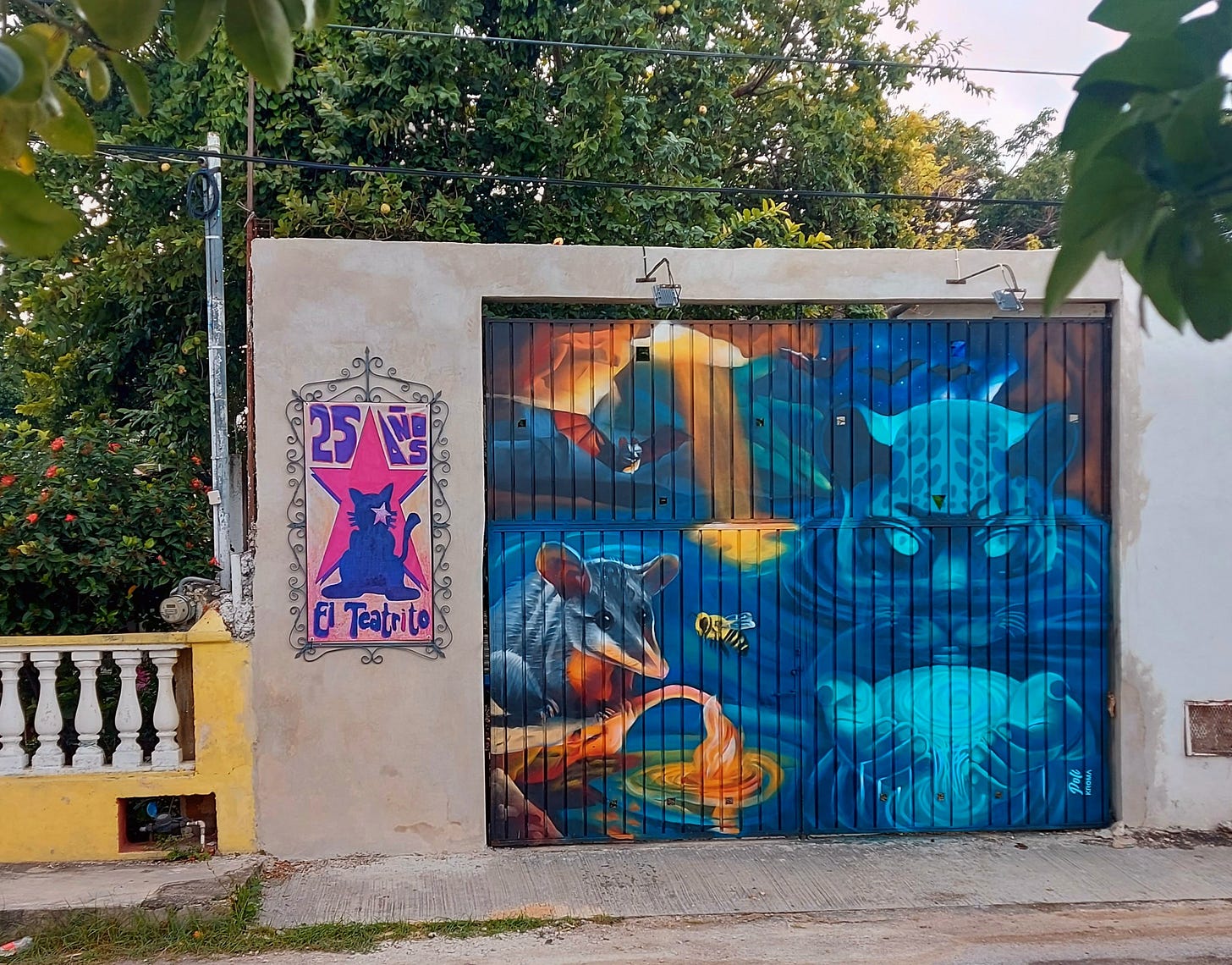
KRIS: It is once again the holiday season, Ann, and as I prepare for the holidays I find I appreciate my neighborhood here in Chieri, Italy more than ever. Everything I need, right here at my doorstep. Amazon, bah humbug!
ANN: I’m very curious about your neighborhood. Mine is –shall we say– eclectic! I am still discovering interesting places within walking distance. My block alone has a great store across the street, a soccer field and small park, a fruit stand, and a little theatre for kids shows. Next to the soccer field is a small building where local elders can congregate and where they can sit and visit or host little bazaars. A block further there is a convent, and the sisters there have a store. I’ve gotten really nice Mexican grown coffee there as well as Rompope liqueur On weekends, a couple sell their delicious cochinita pibil and lechón, traditional Yucatecan pork dishes.
KRIS: My mental map of my neighborhood looks like a 1.5 km radius, with our house at the center. Within 15 minutes by foot I can reach any of my typical destinations...the butcher, the baker, the pharmacy, the public market, the grocery store, the train station or bus stop, my doctor, and so on. I do not have an Italian drivers license so I must depend on my feet to take me where I need to go each day.
ANN: The butcher, the baker, the candlestick maker? Sorry, couldn’t resist. And there probably is one somewhere nearby. You just haven’t found him yet.
KRIS: Because of my close proximity to the heart of Chieri, I know my neighborhood well, and yet almost everyday brings a new discovery. A pizzeria I hadn’t noticed, a new coffee shop, a free concert at the church, delicious pastries that change with the seasons at The pasticceria. The shopkeepers know me and always greet me when Ienter. They speak slowly, knowing my Italian vocabulary is limited, and they are kind enough not to laugh at my mispronunciations.
ANN: My neighborhood retains a general funkiness and feel. In and amongst the very large properties are small homes, businesses of all kinds, huge native trees and a general vibe that time has stood still. Zoning is…non-existent, I think. Even so, it has gentrified a great deal as the city has grown. There are now many townhomes and more in development. It is very popular now with young professionals. Recently a couple blocks away a fancy upscale bistro opened, and it’s always packed.
KRIS: Our little neighborhood in Chieri is called Lazaretti (I have no idea why except that a street by that name runs through it). Until the 1970’s this part of the town was largely garden plots and orchards. A building boom that began about that time brought many single family houses and larger apartment buildings to this part of the town.
The house we rent was built in the 1980’s by Angelo, our landlord, and his father. Thus, we do not live in one of those romanticized Italian villas or quaintly shuttered apartments that Italy is known for. It is a very large house by Italian standards, quite functional and perfectly situated to the stores and services of Chieri.
ANN: Chuburná de Hidalgo (official name: Antiguo Poblado de Chuburná de Hidalgo) is definitely one of the most traditional neighborhoods (colonias) in the city. There is a thriving mercado, an old cemetery, and one of the city oldest churches. If you come and visit, prepare to get lost! The neighborhood is also known as “the labyrinth,” There are so many streets that go one way, are renamed at different points, shoot off at angles like spokes on a wheel, are dead ends, and just generally a big maze. There isn’t a straight path, really, to get anywhere.
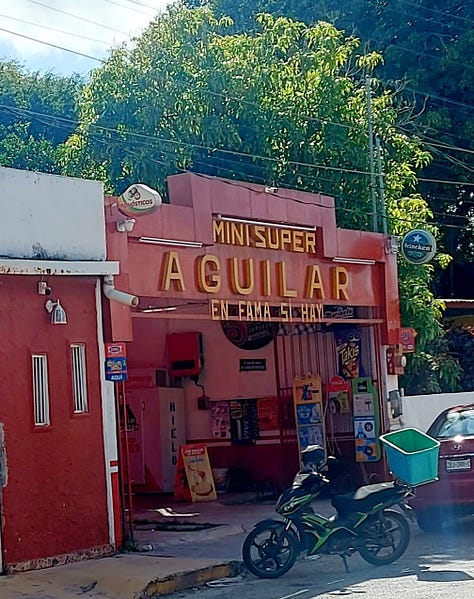
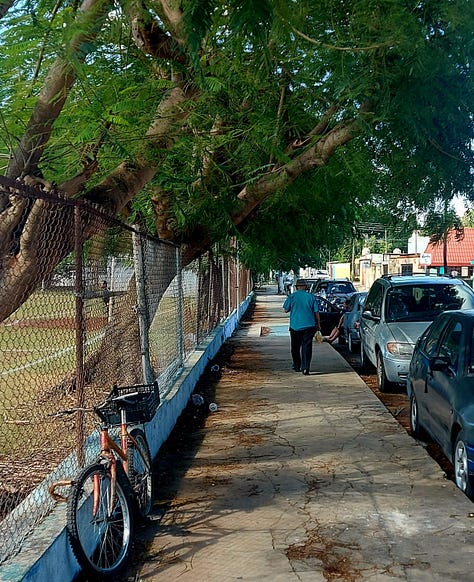

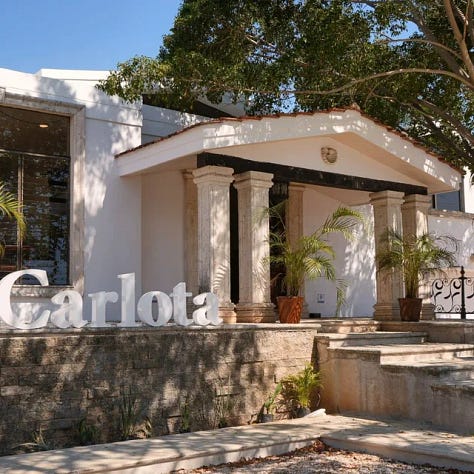
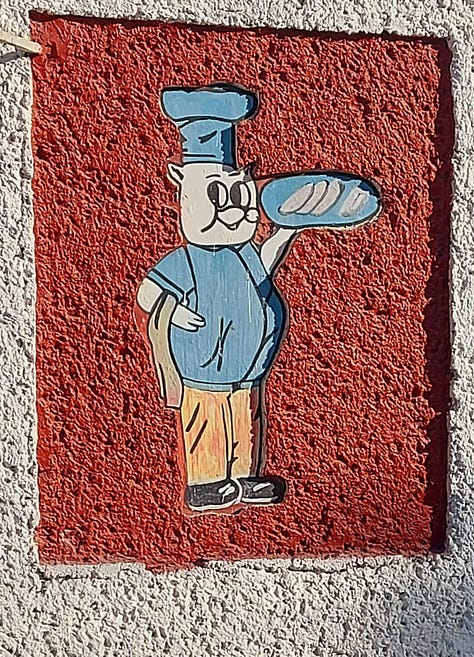
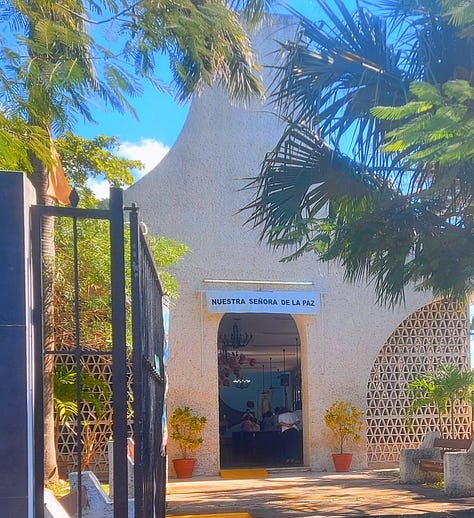
One thing I like a lot about my location is if I go west, I go to the old part of the colonia. Like you, I’ve got about everything I need there. If I go east, I am at one of Merida’s main roads and “modern” stores and businesses. I can catch buses in either location to pretty much anywhere.
KRIS: Chieri, which is located about 9 kilometers southeast of Torino (Turin) has its roots in Neolithic times. I will not attempt to summarize the town’s rich and ancient history situated in the Po Valley of Italy, but I will say that it is now a town of about 36,000 people that remembers and celebrates its history in so many ways. In the winter when the trees shed their leaves, we have a view from our terrace of the Church of San Giorgio. Sitting on the hill, with the city surrounding it, here the foundation of the city’s history began with its earliest inhabitants centuries ago and later to the encircling defensive wall erected in the 11th century.
Chieri has been witness to massive historical change. As part of the House of Savoy in the 15th century, it saw opulence and wealth. Many glorious churches were built during this period of its history, including San Giorgio.
Then came plagues, wars and general nastiness.....history repeats.....more churches, more plagues, more wars. Undoubtedly good things happened during this period of history as well, but historians and the general populace don’t like to talk about the good things. In the late 1700’s Chieri saw French domination and the beginning of textile industries within its borders. The textile industry flourished until the 1960’s, but today only a few manufacturing firms continue here and the vast, now empty factories dot the landscape of the city.
ANN: The history here is similarly bloody, rife with churches, conquering, enslavement, uprisings, and plagues. Yucatan is fascinating with its ancient Mayan ruins, huge haciendas, enormous churches in the middle of nowhere and abandoned henequen plants. But that’s another story for another day. And I have so much more to learn.
My neighborhood was originally a Maya settlement that predated the arrival of the Spanish in the 1500’s. Originally, the name was in Yucatec Maya: Chubul Naah, translating to House of Yellow Cotton, which referred to the growing and exporting of sisal (henequen). It eventually became a district of the city and the name was changed to Chuburná de Hidalgo, a nod to the founding father of Mexico.
KRIS: Chieri has no major industries now, but tertiary services, retail and other commercial activities contribute to the economy today. Given the very convenient access to Torino by train, bus or car, Chieri is a bedroom community for those employed in the metropolitan area.
Chieri does not fulfill the American fantasies of an Italian town. It is a crazy blend of ancient, old, outdated and new. There is beauty around every corner but you must look for it. It’s not the kind of city that an American tourist would utter, “It’s so beautiful....I want to live here.”
And yet, here in its antithesis to the American dream of Italy, is its charm. Chieri is a real place; a place that shows its trials and tribulations, as well as its grace and style. It is a kaleidoscope of architectural styles, historical periods, people and dialects, dogs (with an occasional herd of cows or goats thrown into the scene), smells, and sounds.
ANN: Same for me, well, if you substitute iguanas for cows. My neighborhood is not one featured in the glossy real estate websites. Thank god. I love the color and not knowing what I’ll find walking around! Or what I’ll hear: Mexican neighborhoods are noisy. Barking dogs, church bells, and sometimes music playing, people out in the evenings. Passing vendors have their own special sounds. The gentle horn of the bread vendor, and the flute melody of the knife sharpener! And I have lots of birds - even very talkative parrots that pass by mornings and evenings.
KRIS: This Christmas the shops are decorated, the lights span the streets, and a skating rink brings young and old to the town square. Churches and other venues offer many concerts and musical events throughout the month, all of them free of charge. The balconies of the homes and apartments are adorned with holiday lights, pots of cyclamen flowers in reds and pinks, festive Christmas trees, and the occasional tacky Santa (Bobbo Natale) figurine climbing a balcony railing.
ANN: Mérida has also gone all out for the holidays, with beautiful light displays on main avenues and in parks and shopping areas. Yes, I’ve seen a few of those gigantic Santas. It took me awhile to get used to Christmas in the tropics. But now I so appreciate wandering around looking at the lights during our beautiful balmy evenings.
KRIS: By American standards, home holiday decorating here is modest and understated. I especially like the lighted shooting star across the street on the large apartment complex. We have a few strings of lights on our terrace railings but not the light show one might expect from an American household. Still trying to be an expat without looking like one.
ANN: Shhhhh….your secret is safe with me! Although trust me, everyone in your ‘hood already knows you are Americans. As do mine. That’s ok, as long as they consider us good neighbors.
Feliz Navidad! Buon Natale! Happy Holidays! And here is to lots more great conversations for us in the New Year.






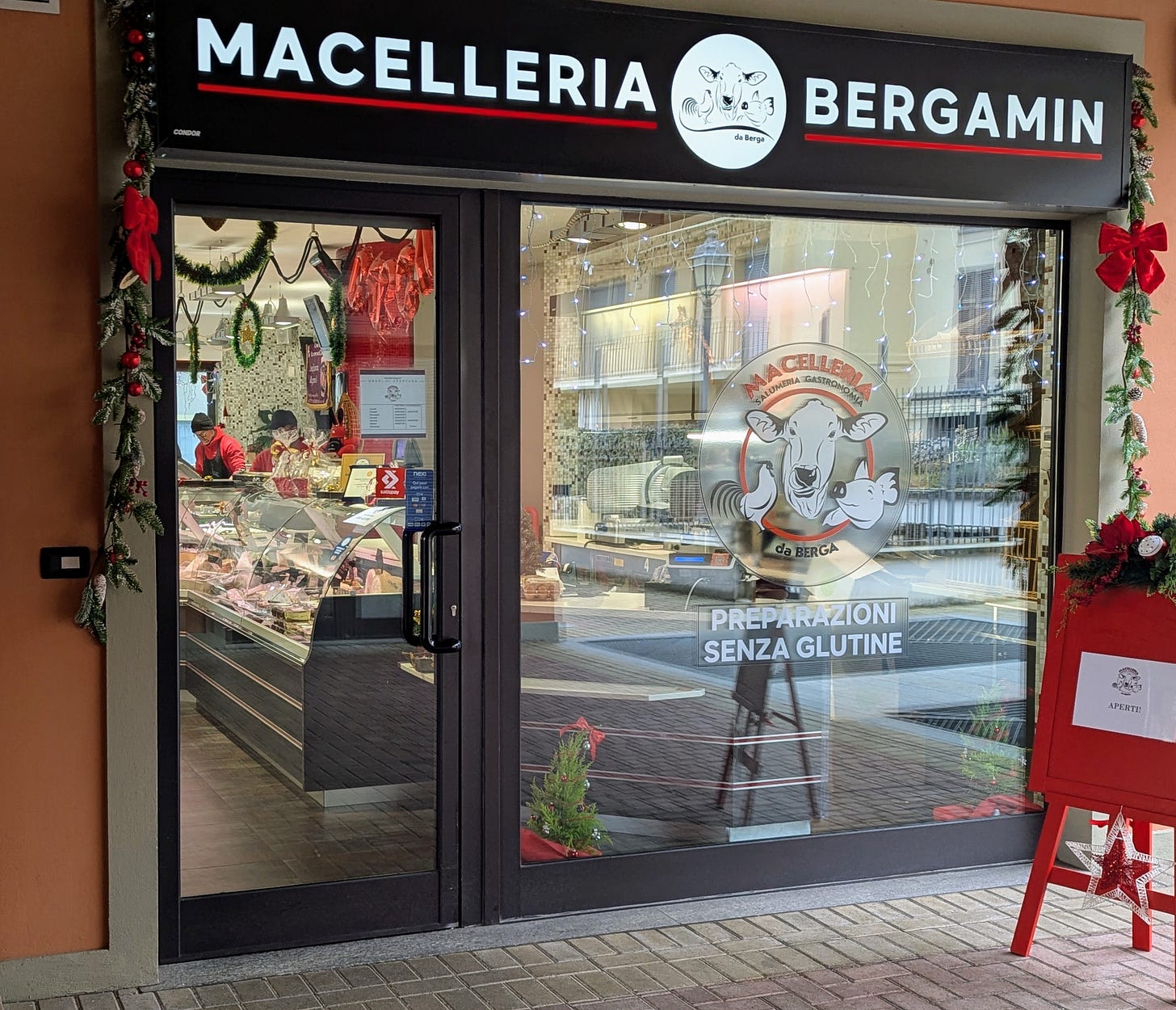
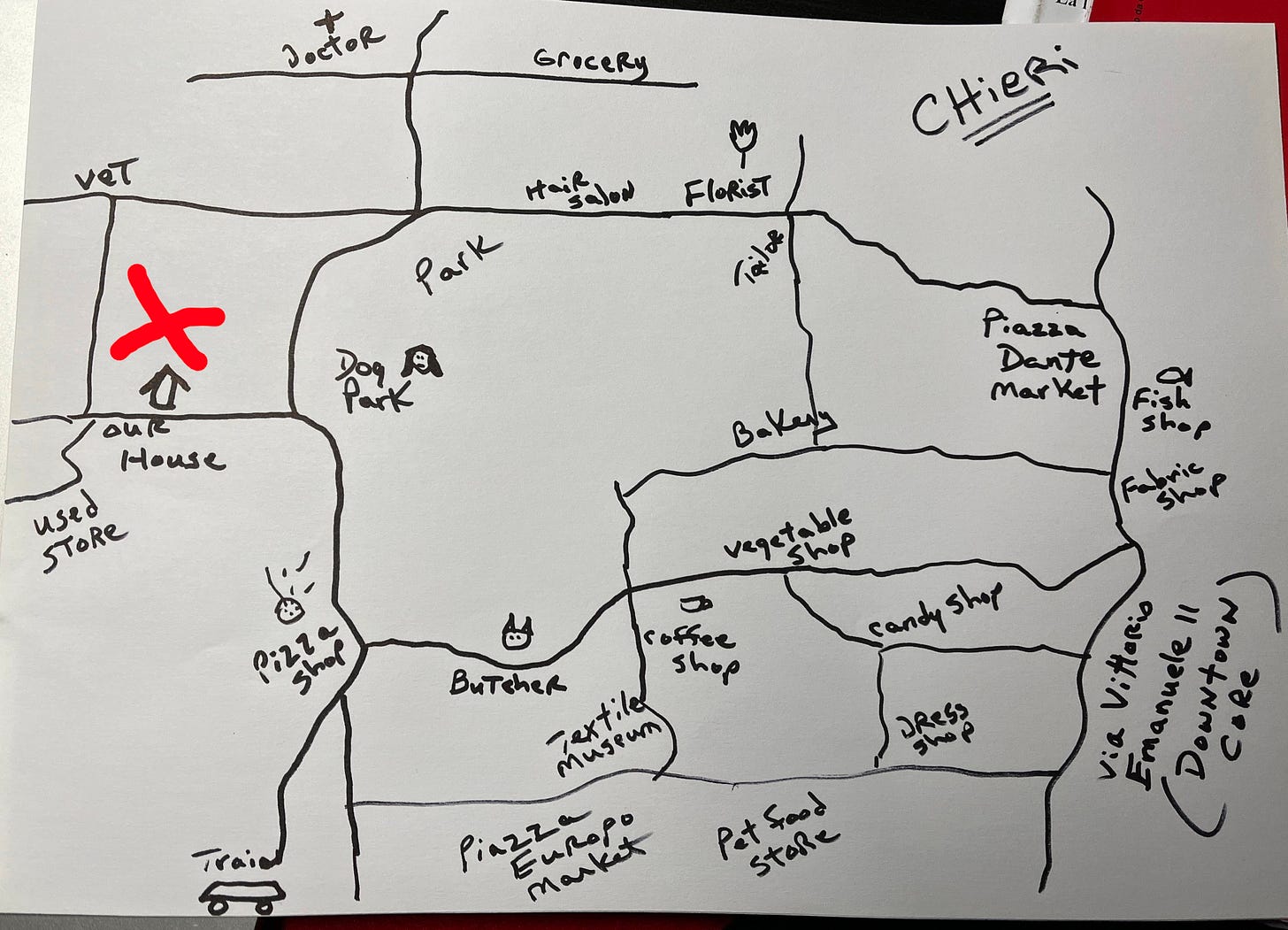
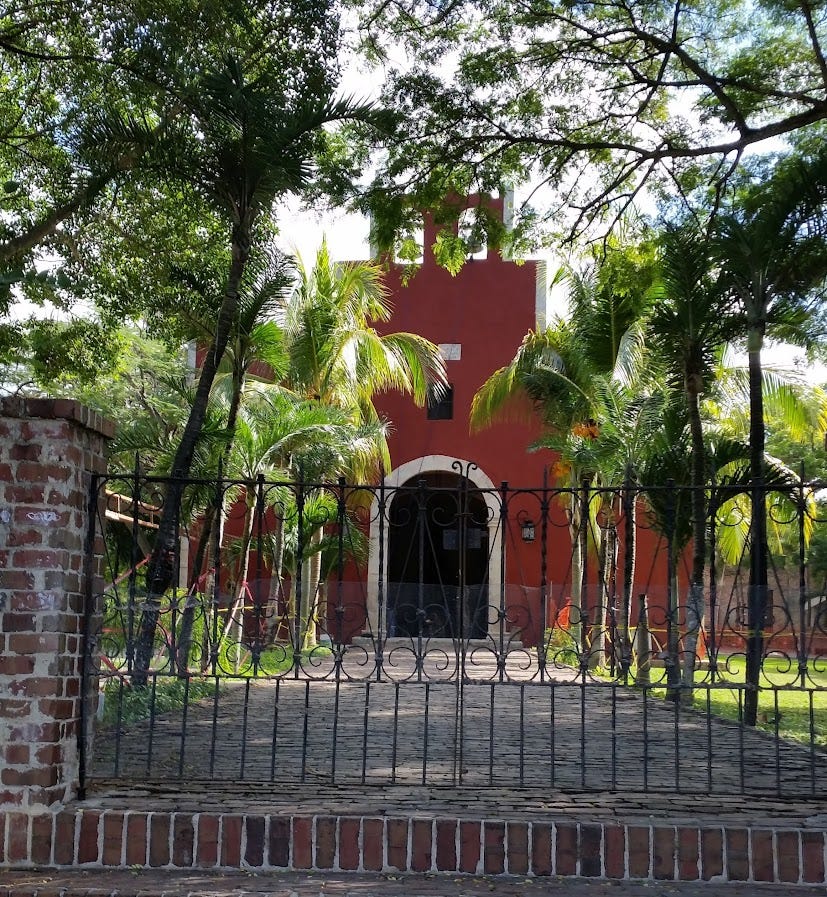

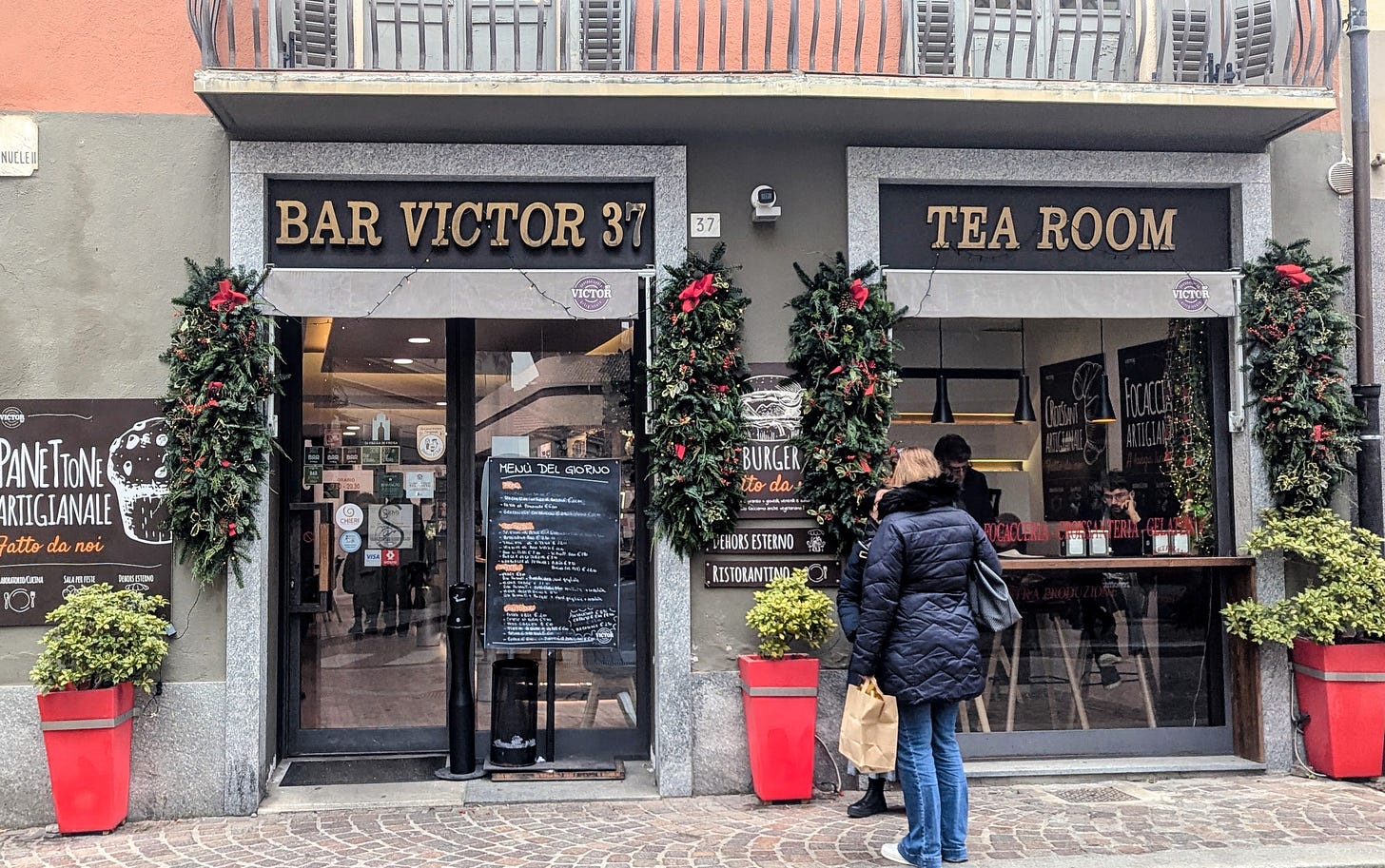
Thank you both for the fun and informative blog. As I drink my coffee I feel like I am part of your conversation.:)
I agree. It's a terrific blog and I look forward to each next one. Learned a lot today!